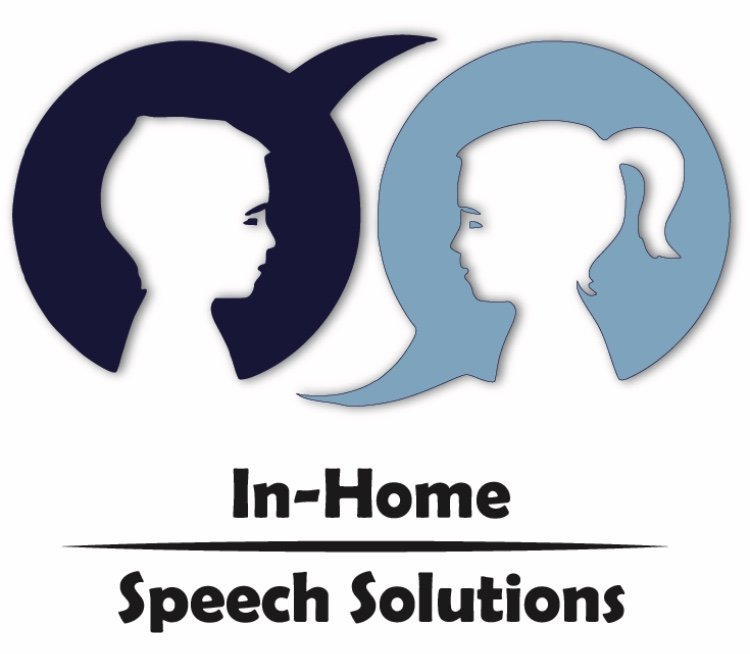How to Practice Articulation at Home
One of the most common questions I get from parents is how can they help a child’s articulation skills outside of traditional speech-language therapy. I have compiled a list of tips and tricks that parents can incorporate into your child’s day to help with articulation skills.
What is Articulation?
Articulation is the ability to physically move the tongue, lips, teeth and jaw to produce sequences of speech sounds, which make up words and sentences.
Tips to Help Your Child’s Articulation
Read To Your Child
When working a speech-language pathologist it is likely that he/she will give you a list of the targeted speech sounds your child is working on. As you read to your child, emphasize those target speech sound when they appear in a word in the story. If your child is a reader, encourage them to seek out words in the book with his/her targeted speech sound. Learn more about books to practice articulation skills with in last week’s blog post.
Gentle Reminders of Correction
Use gentle reminders of correction while speaking with your child. Model the correct pronunciation of the speech sound he or she is currently working on during speech-language therapy.
Address Health Issues
It is important to address potential health issues that can impact your child’s speech-language development. Health issues that can negatively impact speech-language development include but are not limited to ear infections, drooling, tongue thrust, and cleft palate. If you have concerns regarding health issues it is imperative to consult with your child’s pediatrician.
Model The Correct Production of Targeted Speech Sounds
Throughout the day, it is important to model correct production of targeted speech sounds. Parents can model the correct production of targeted speech sounds while playing or while talking with their child. For example, when your child asks for a key and your child’s sound is “k” you can say, “ I am getting a key to open the door.”
Practice Targeted Speech Sounds at Home
In between speech-language therapy sessions it is important to practice the targeted speech sounds for 10-15 minutes per day. There are many different activities that you can do with your child while practicing speech sounds. Some of my favorites include memory, charades, coloring pages and scavenger hunts. Practicing targeted speech sounds daily will help with progress on speech-language therapy goals and objectives.
Positive Reinforcement
Use positive reinforcement and emphasize when you hear correct production of your child’s articulation targets. For example, “Wow! I just heard you make a fantastic “k.” I am so proud of your hard work.”
Only Correct Sounds Being Worked on During Speech-Language Therapy
It is important to only the correct sound errors that are being currently worked on during speech-language therapy. Children with articulation errors often feel self-conscious and if they are always being corrected on their articulation they may become hesitant to talk.
Use Positive and Descriptive Words
It is important to use positive and descriptive words when correcting your child’s articulation errors such as, “Great try but next time you say ‘k’ make sure to keep your tongue down.”
It is important to remember that your ultimate goal is to increase your child’s confidence when communicating with others! I hope that you find these tips helpful and easy to incorporate into daily life. Let us know your favorite way to work on articulation at home with your child by leaving a comment below. Additionally, feel free to contact In Home Speech Solutions if you have questions or concerns or if there’s anything we can help with.
Jennifer Price M.S., CCC-SLP Lead Speech-Language Pathologist & Owner

